Vermeer, The Geographer, 1669
Publications of archival documents and other sources notwithstanding, mysteries continue to surround Vermeer’s artistic career. Who
was his master? Did he have any pupils? What caused his death, at the age of
forty-three, leaving behind paintings of his own and others he may have been
selling, no drawings, a house full of children, and huge debts? Did he rely on
a camera obscura, or other novel optical devices, to compose his paintings?
These unanswered questions do not prevent wondering admiration for his work,
however. When its home, the Mauritshuis in The Hague, was under renovation
recently, the “Girl with a Pearl Earring” travelled the world. On exhibit
in Japan in 2013, it drew over a million visitors. The “Mona Lisa of the North”
is as widely known, and often viewed, as it is reticent as regards the
conditions of her creation or raison d’être. A student once described his
encounter with the “Girl with a Pearl Earring” as tantamount to
meeting the love of his life and forgetting to ask her name. She is as engaged
with our seeing her as she is absolutely oblivious to it, and in this sense she
is an appropriate emblem for Vermeer’s work as a whole: what we know, and what
we think is familiar, is forever vexed by its remaining unknowable and
inaccessible.
Posed already in the late nineteenth century, the question of whether or to what degree Vermeer depended on such optical devices as a camera obscura in his studio has recently been the focus of intense speculation. His many ladies in light, caught in the act of doing nothing particularly dramatic – donning a pearl necklace, pouring milk, writing, reading or dozing at a table – are so many portraits of moments in time. His paintings are characterized by thick silence, keen attention to the qualities of light, and optical phenomena that are symptomatic of the use of viewing lenses. Indeed, the absence of any narrative flexion whatsoever in so many of his paintings encourages studying them as renderings of conditions of light and spatial configurations – taking them at face value, as it were, seeking clues to how they were made rather than, for example, why. There is so little documentary evidence to go on that the paintings themselves serve as (mute) testimony to speculation about them.
Posed already in the late nineteenth century, the question of whether or to what degree Vermeer depended on such optical devices as a camera obscura in his studio has recently been the focus of intense speculation. His many ladies in light, caught in the act of doing nothing particularly dramatic – donning a pearl necklace, pouring milk, writing, reading or dozing at a table – are so many portraits of moments in time. His paintings are characterized by thick silence, keen attention to the qualities of light, and optical phenomena that are symptomatic of the use of viewing lenses. Indeed, the absence of any narrative flexion whatsoever in so many of his paintings encourages studying them as renderings of conditions of light and spatial configurations – taking them at face value, as it were, seeking clues to how they were made rather than, for example, why. There is so little documentary evidence to go on that the paintings themselves serve as (mute) testimony to speculation about them.
.jpg)

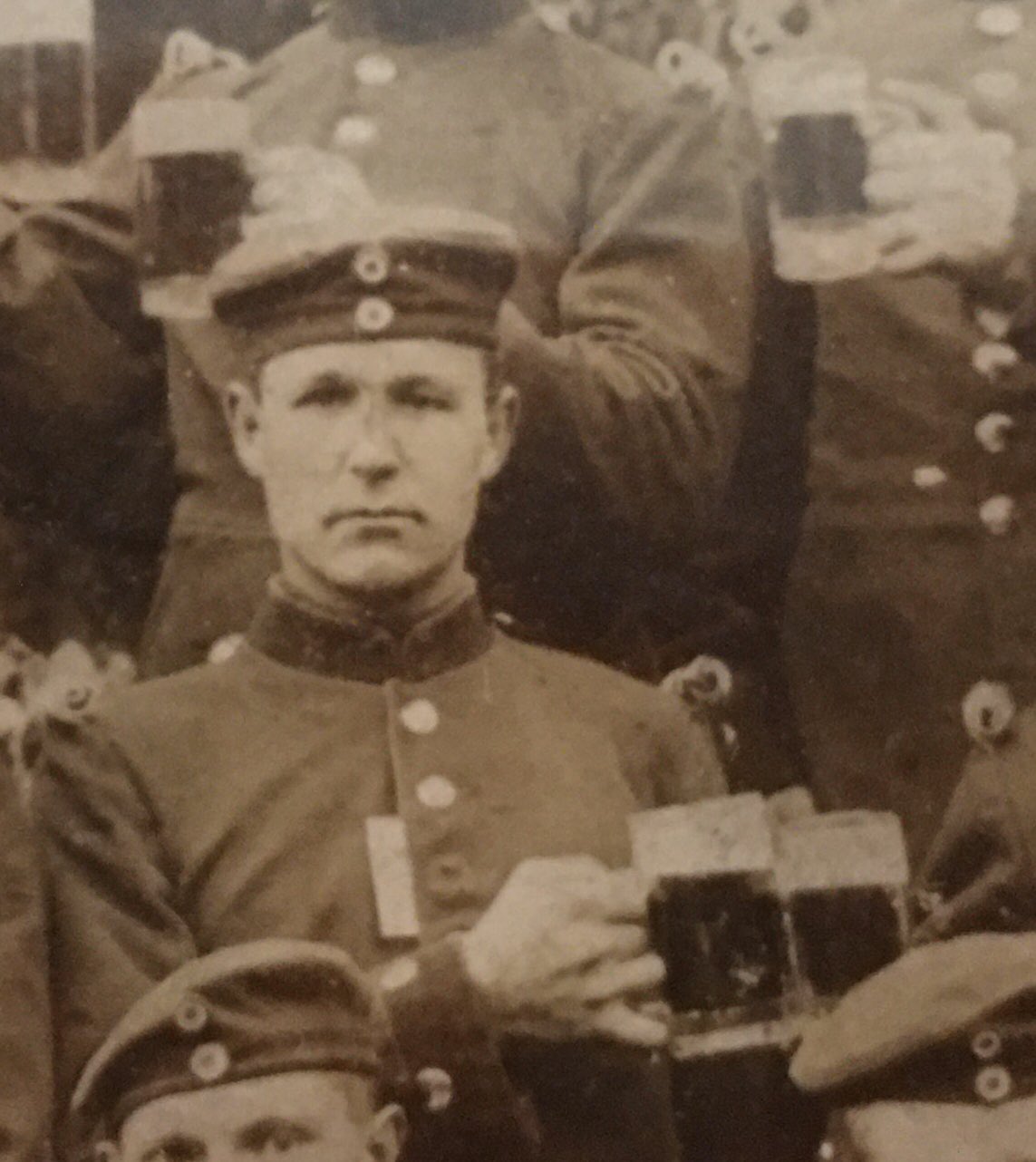








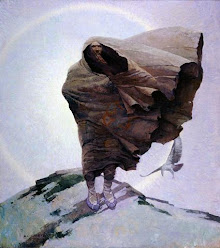













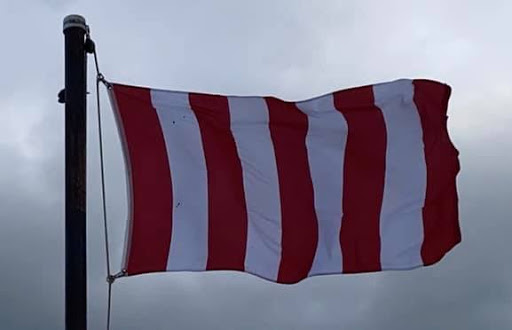
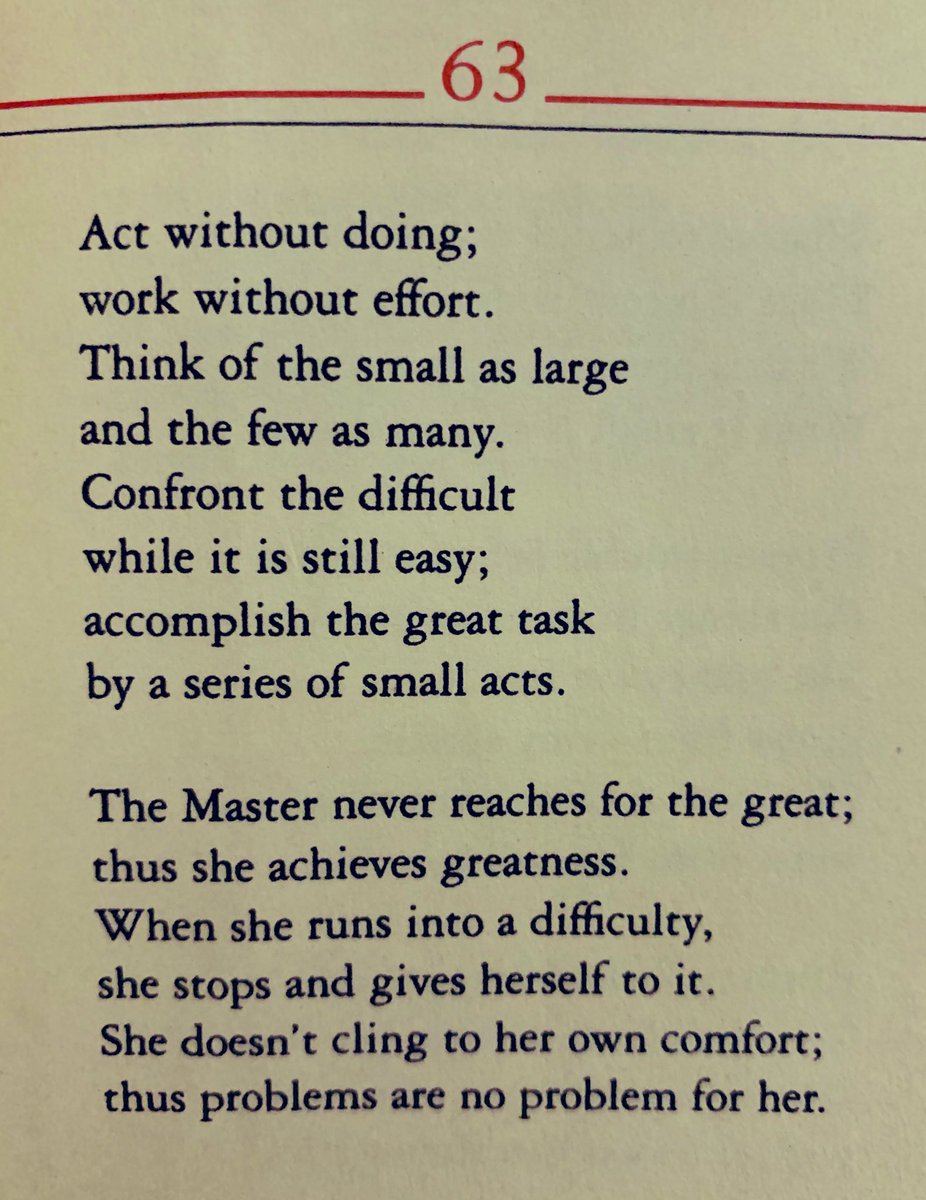









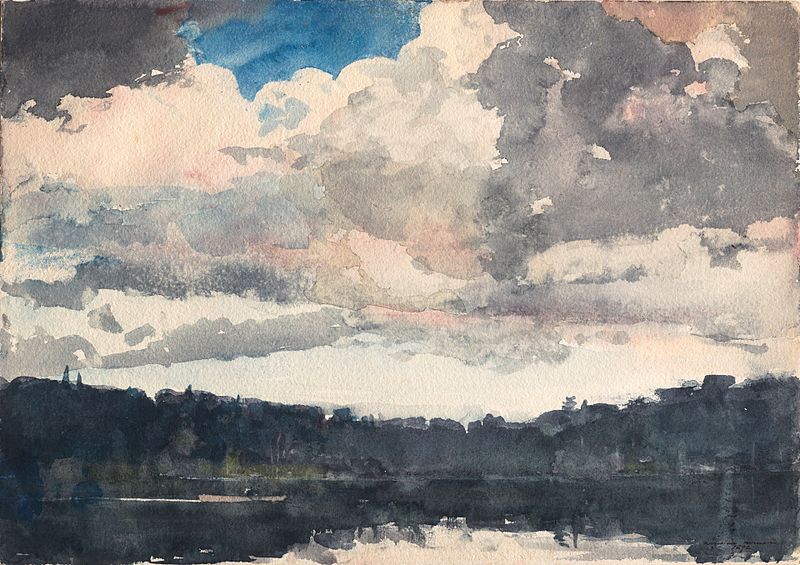





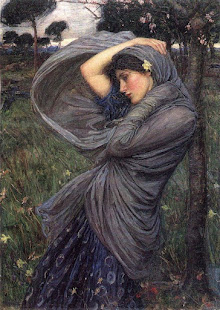












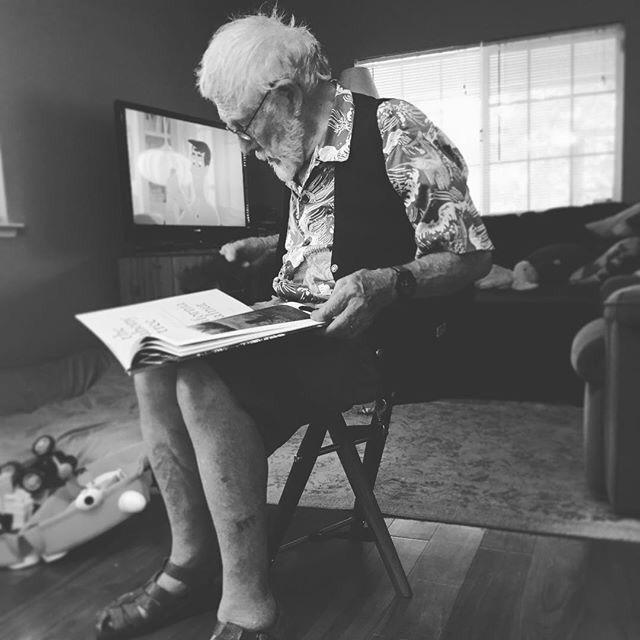

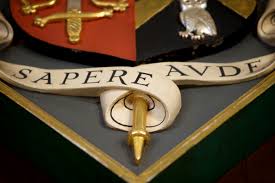






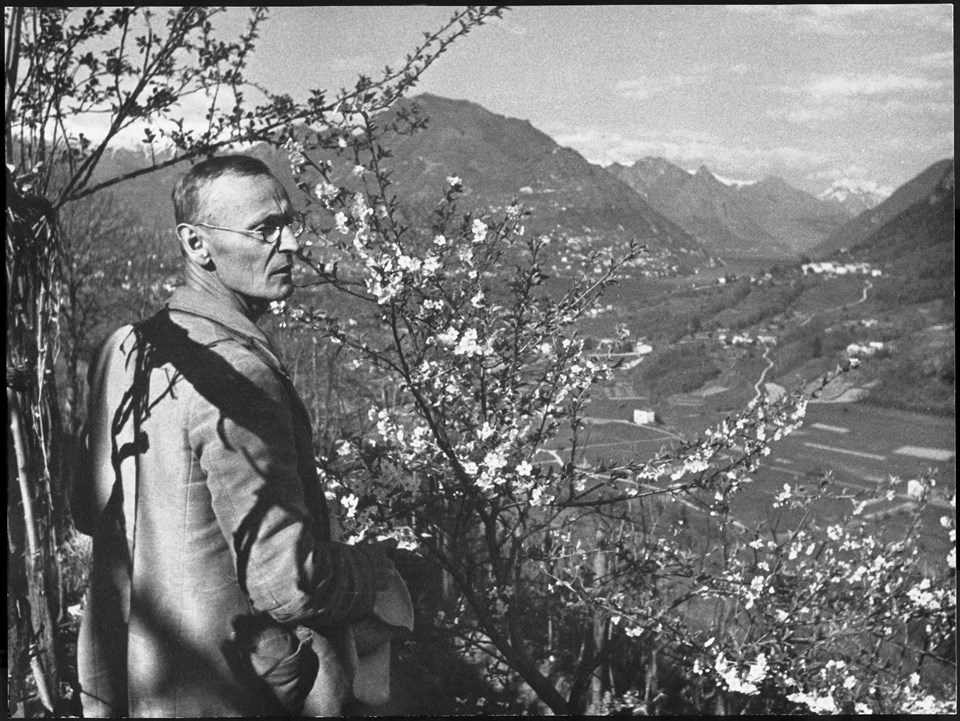


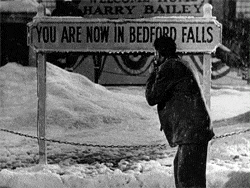







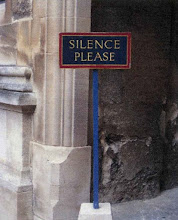









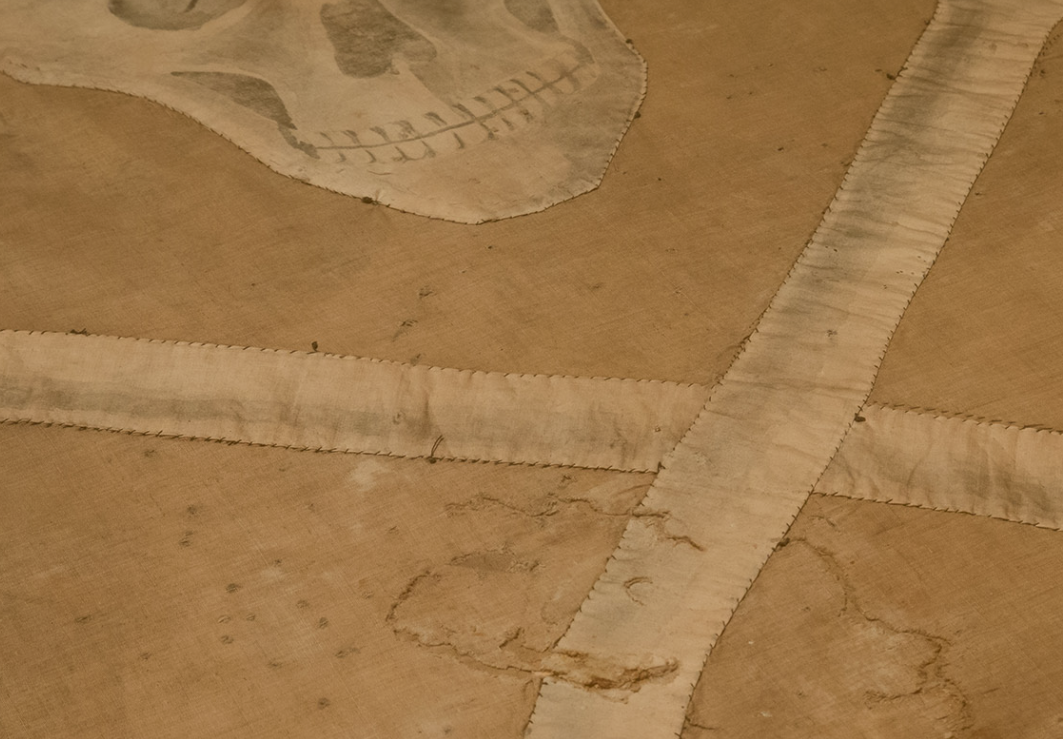

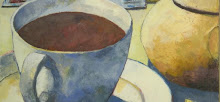
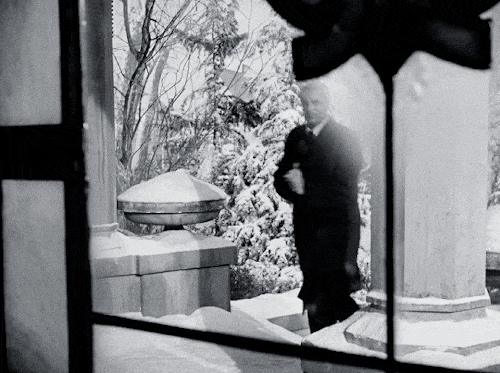


















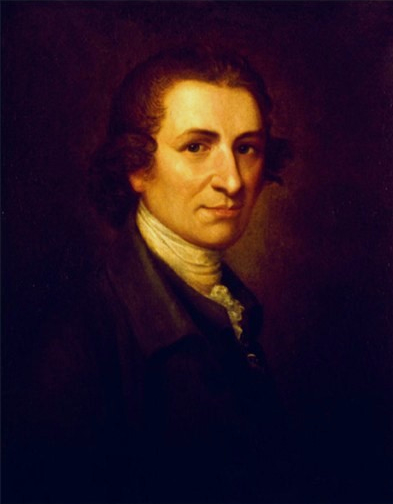


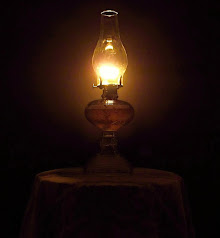



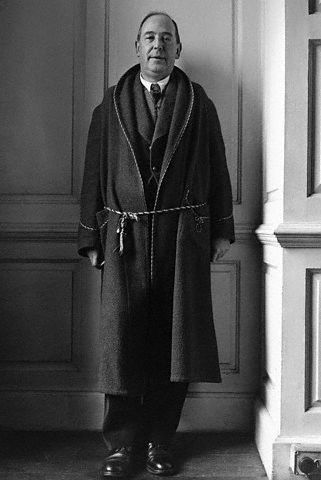



No comments:
Post a Comment